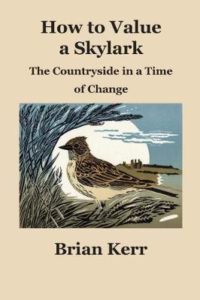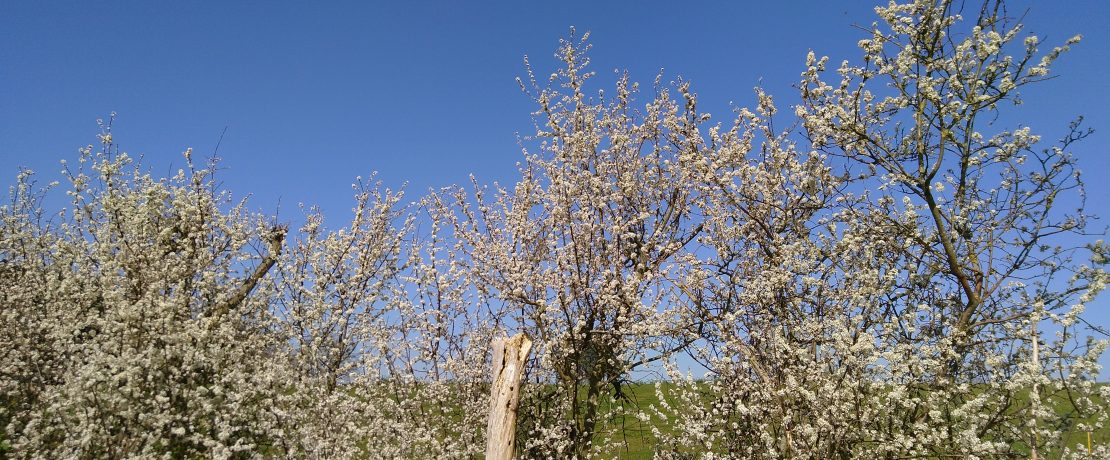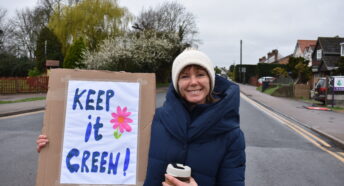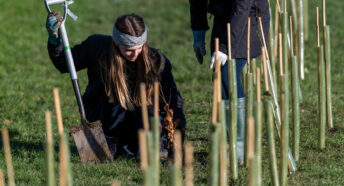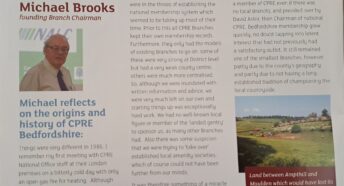How to value a skylark
At the CPRE Bedfordshire AGM this month we welcomed local author Brian Kerr who gave a fascinating talk based on his latest book, How to Value a Skylark: The Countryside in a Time of Change.
The central premise is that how we use land matters but the big question is how do we decide on what we do with it? The topic is rife with divided opinions from developers to conservationists, politicians to farmers, and landowners to the general public. The book considers the way in which the government narrative has changed towards public funds for public goods i.e. spending money in ways that are in the public interest. This might include ways in which the countryside can help to tackle climate change but also leads us to ask questions such as ‘What do we expect from the countryside? How do we decide priorities and make value judgements?’ What balancing acts do we need to perform?
Both the book and talk covered a wide range of themes including, food insecurity, environmentally friendly farming, (re)wilding, soil quality, tree planting- the right tree in the right place, protecting ancient woodland, hedgerows, flood prevention measures, habitat restoration, climate change, coastal erosion, flooding, temperature rises, drought, mental health and wellbeing, access and biodiversity.
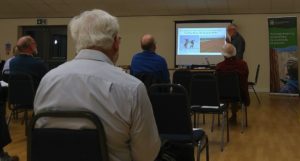
Kerr engages with contemporary writers to consider these themes, such as Isabella Tree (Wilding, her account of transforming the Knepp Estate in Sussex for wildlife) and James Rebanks (English Pastoral / The Shepherd’s Life, which both discuss his life and work as a Cumbrian hill farmer) alongside reports from government and organisations like CPRE and the Wildlife Trusts.
One interesting chapter looks at heritage and cultural landscapes, using the Greensand Ridge / Greensand Country in Bedfordshire as a particular example. The rebranding of Ampthill Park as Ampthill Great Park builds on associations with Tudor England and royal hunting parks. There is an increasing interest in looking at the value of whole landscapes (e.g. the Lake District) and smaller, more locally focused places. How can we use landscapes to tease out local stories and think about what makes a place distinctive?
One of the questions cutting through the book is can we put a monetary value on any of this? We can calculate the cost of flooding via insurance claims and so on and therefore estimate the value of natural flood prevention systems but what meaningful value can we put on a hedgerow or the song of a skylark?
There are no easy answers but plenty of things to think about.
The book is available to purchase from Waterstones and local bookshops.
